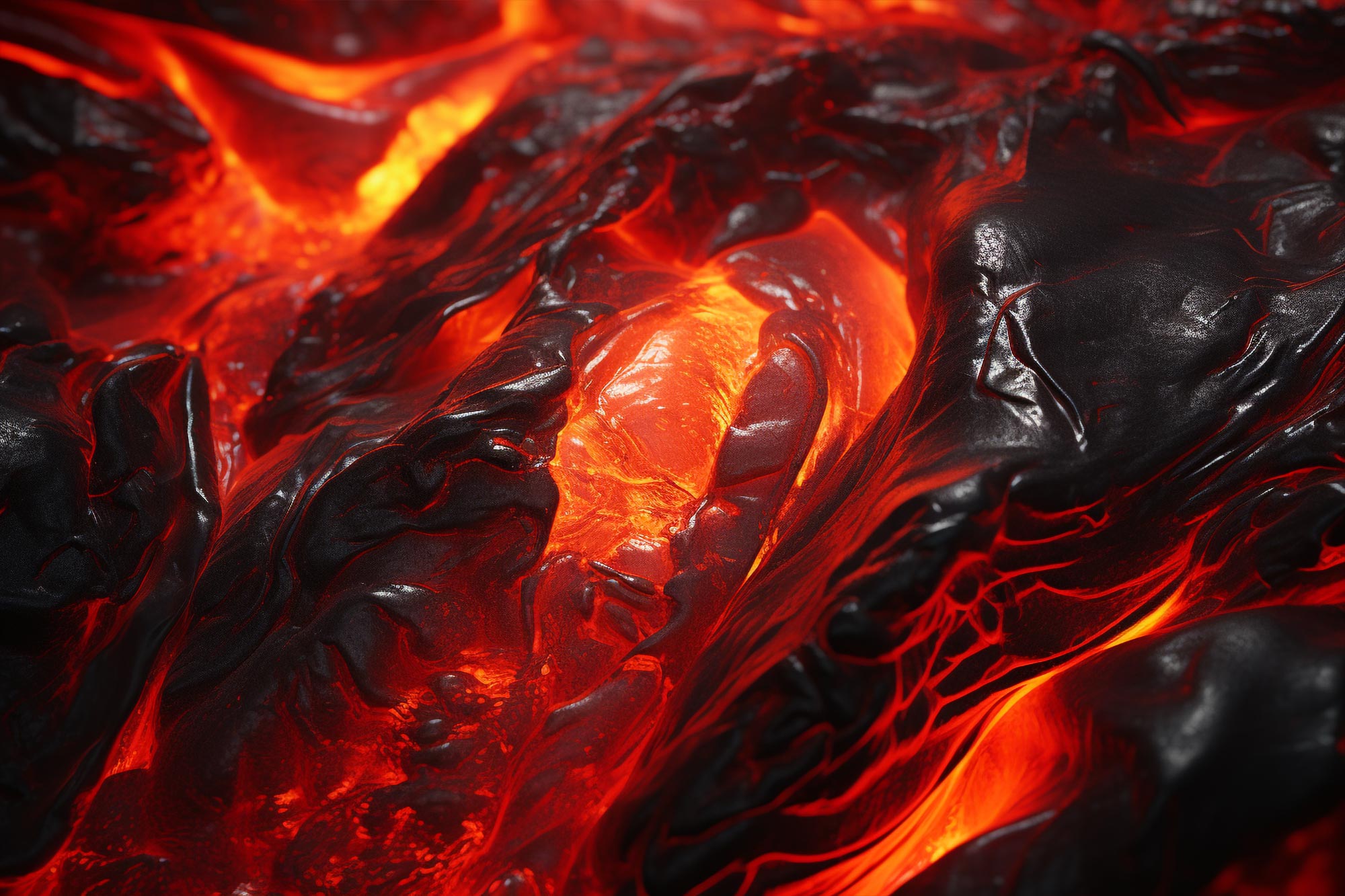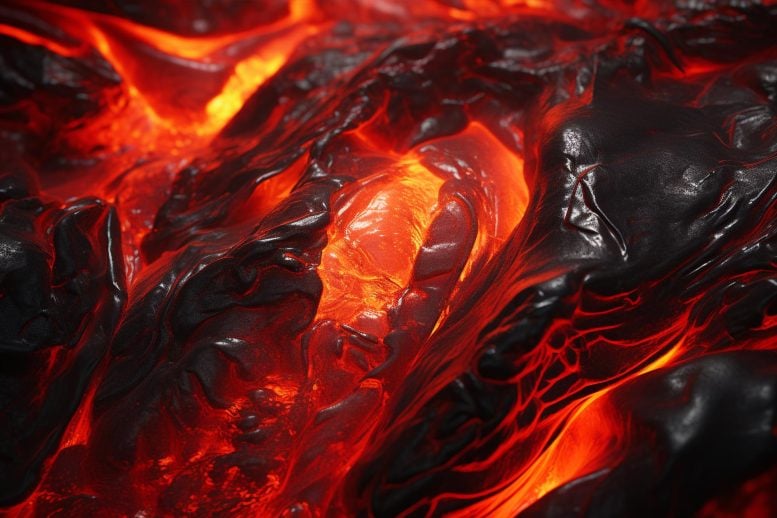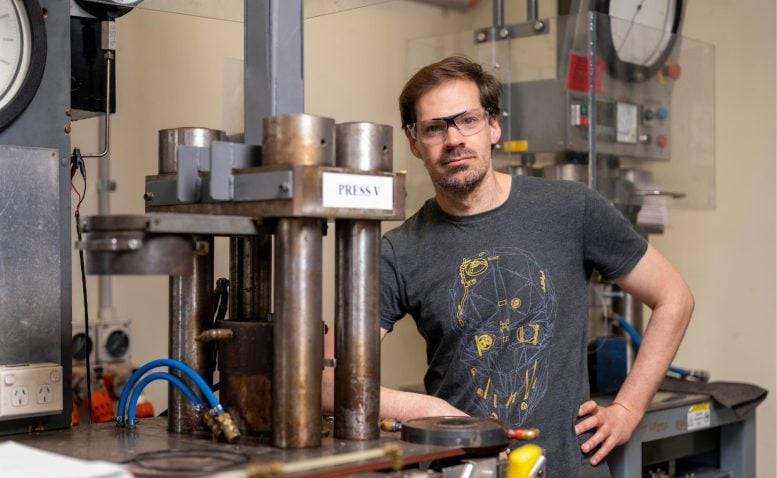

Research indicates that iron-rich magma found in extinct volcanoes could be a potent source of rare earth elements, essential for modern technologies like smartphones and renewable energy systems.
Scientists have discovered that these magmas are significantly more effective at concentrating these metals compared to those from active volcanoes. This finding opens up potential new mining opportunities worldwide, particularly in rich deposits found in countries like China, Sweden, and Australia.
New Sources of Rare Earth Elements
A mysterious type of iron-rich magma entombed within extinct volcanoes is likely abundant with rare earth elements and could offer a new way to source these in-demand metals, according to new research from The Australian National University (ANU) and the University of the Chinese Academy of Sciences.
Rare earth elements are found in many products, from smartphones, flat-screen TVs, and magnets, to trains and missiles. They are also vital to the development of electric vehicles and renewable energy technologies such as wind turbines.

Dr. Michael Anenburg from ANU said the iron-rich magma that solidified to form some extinct volcanoes is up to a hundred times more efficient at concentrating rare earth metals than the magmas that commonly erupt from active volcanoes.
“We have never seen an iron-rich magma erupt from an active volcano, but we know some extinct volcanoes, which are millions of years old, had this enigmatic type of eruption,” Dr. Anenburg said.
“Our findings suggest that these iron-rich extinct volcanoes across the globe, such as El Laco in Chile, could be studied for the presence of rare earth elements.”
Laboratory Insights Into Volcanic Rare Earths
The researchers simulated volcanic eruptions in the lab by sourcing rocks similar to those from iron-rich extinct volcanoes. They put these rocks into a pressurized furnace and heated them to extremely high temperatures to melt them and learn more about the minerals inside the rocks.
This is how they discovered the abundance of rare earth elements contained in iron-rich volcanic rocks.
With more countries investing heavily in renewable energy technologies, the demand for rare earth elements continues to skyrocket. In fact, demand for these elements is expected to increase fivefold by 2030.
“Rare earth elements aren’t that rare. They are similar in abundance to lead and copper. But breaking down and extracting these metals from the minerals they reside in is challenging and expensive,” Dr. Anenburg said.
China has the biggest deposit of rare earth elements on the planet, while Europe’s largest deposit of rare earths is in Sweden. Australia has a world-class deposit at Mount Weld in Western Australia and others near Dubbo and Alice Springs.
According to Dr. Anenburg, Australia has an opportunity to become a major player in the clean energy space by capitalizing on its abundance of rare earth resources.
The research was published in Geochemical Perspectives Letters.
Reference: “Silicate and iron phosphate melt immiscibility promotes REE enrichment” by S.C. Yan, B. Wan, M. Anenburg and J.A. Mavrogenes, 24 September 2024, Geochemical Perspectives Letters.
DOI: 10.7185/geochemlet.2436
This work was led by Shengchao Yan from the University of the Chinese Academy of Sciences.